Helping Birds with Broken Wings
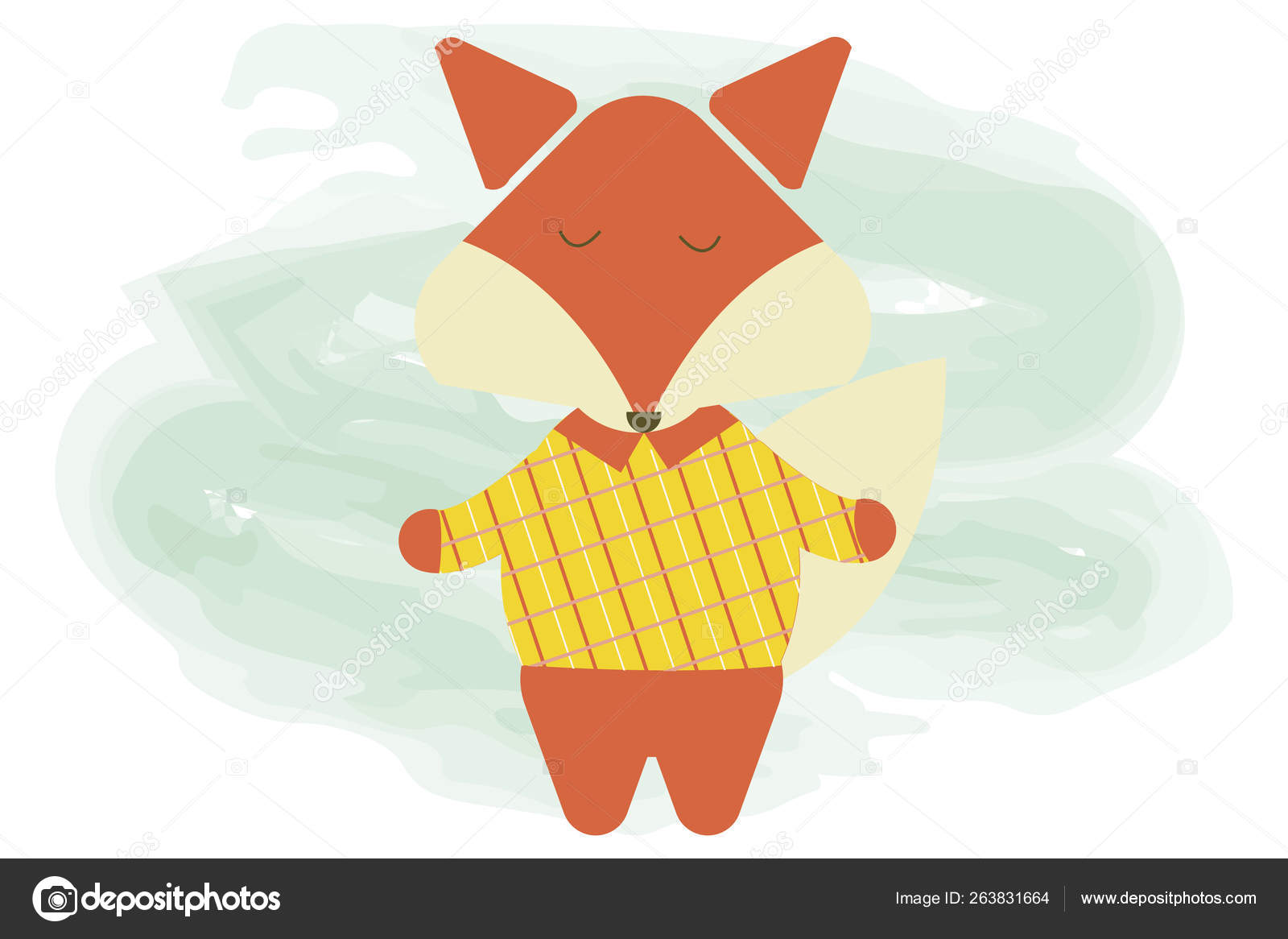
Birds are remarkable creatures that grace our skies with vibrant colors and melodious songs. However, accidents and injuries can leave them with broken wings, severely impacting their ability to fly, find food, and escape predators. In this comprehensive guide, we will explore the causes, immediate care, veterinary options, home care, prevention, and the importance of helping birds with broken wings.
Causes of Broken Wings
![]()
Birds can sustain wing fractures through various means:
-
Collisions: Birds may collide with windows, vehicles, or objects, resulting in wing fractures or other injuries.
-
Falls: Birds nesting or perching in high places are at risk of falling, especially during nesting season or in strong winds.
-
Predator Attacks: Cats or larger birds can cause severe wing injuries while attempting to capture or defend themselves.
-
Territorial Disputes and Mating Rituals: Aggressive behaviors during disputes or rituals can lead to wing injuries, particularly among larger species.
-
Accidents during Flight: Mishaps, such as collisions with other birds or objects, can result in broken wings, especially during high-speed or acrobatic flights.
-
Environmental Factors: Severe weather conditions, strong winds, or storms can disrupt flight and cause birds to crash into objects or lose balance, resulting in wing injuries.
Identifying a Broken Wing
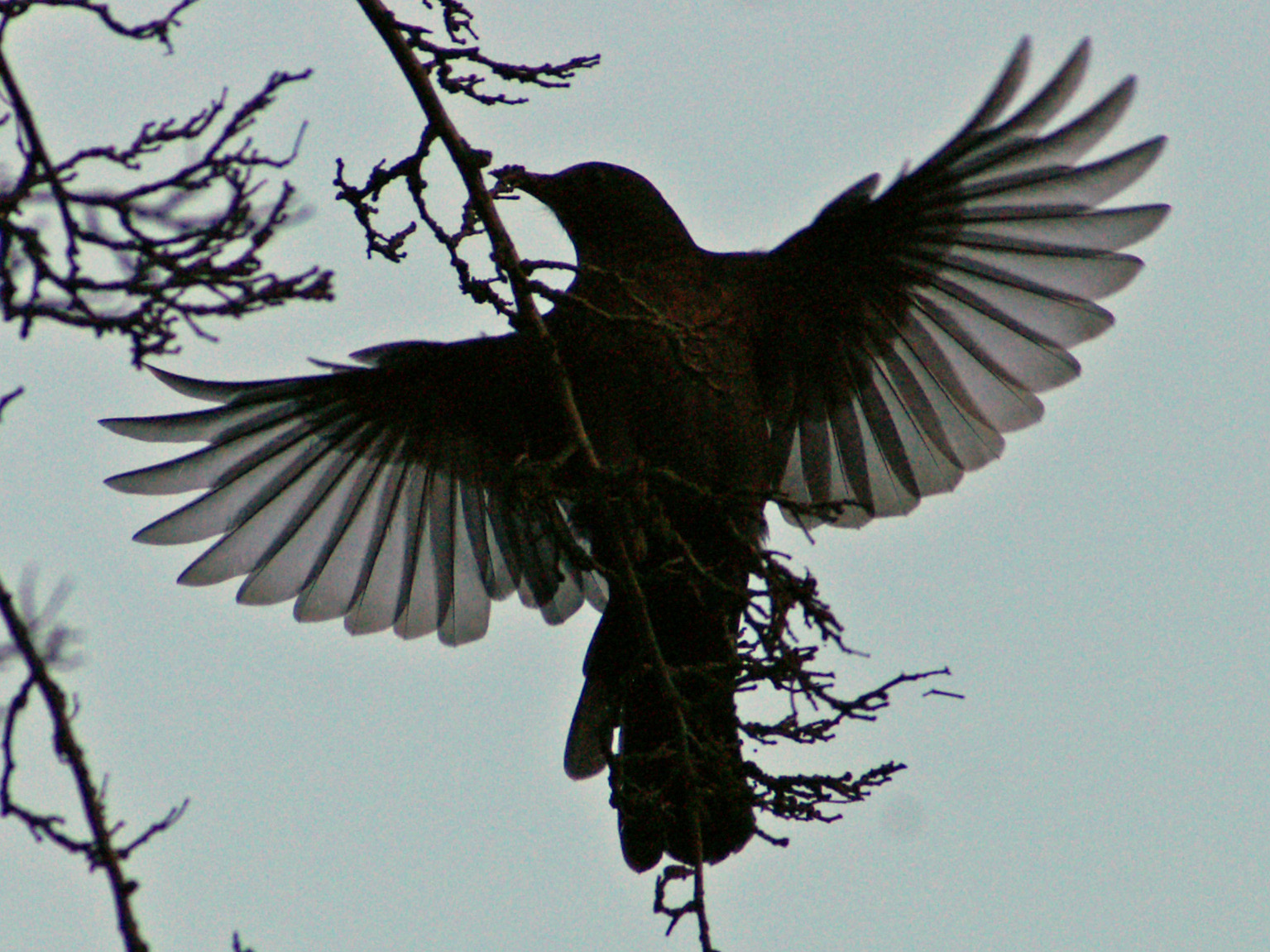
To provide appropriate care and seek professional help, it’s crucial to identify if a bird has a broken wing. Look for the following signs:
-
Behavioral Changes: Injured birds may exhibit distress, struggle to fly or move properly, show weakness, or appear disoriented.
-
Visible Abnormalities: Check for misshapen, drooping, or asymmetrical wings, and difficulty folding the wing correctly.
-
Abnormal Sounds: Listen for distress calls or unusual vocalizations, indicating pain or injury.
-
Posture: Observe if the bird holds the wing at an odd angle or tucks it unnaturally against its body.
-
Flight Difficulties: Notice if the bird is unable to fly or experiences balance issues while perched.
Approach and handle injured birds with caution. Contact a licensed wildlife rehabilitator or local animal rescue organization for assistance, as they have the expertise and resources to provide appropriate care and treatment.
By extending a helping hand to these vulnerable creatures, we demonstrate our commitment to preserving biodiversity and maintaining the delicate balance of ecosystems. Let us embark on this journey of understanding and compassion together.
Immediate Care – Ensuring Comfort and Safety for the Injured Bird
![]()
When you come across a bird with a broken wing, it’s crucial to act swiftly to provide immediate care. Here are the essential steps to ensure the bird’s comfort and safety:
-
Assess the situation: Carefully observe the bird from a safe distance to determine the severity of its injury. Look for signs of distress, such as difficulty breathing, bleeding, or obvious deformities in the wing. This assessment will guide your next steps.
-
Ensure safety: Prioritize your safety and that of the bird. If the bird is in a dangerous location, secure the area or seek assistance from local animal control or wildlife rehabilitation centers.
-
Approach with caution: Birds are easily frightened, so approach the injured bird slowly and calmly to avoid causing additional stress. Use protective gloves or a towel to handle the bird safely, as it may try to fly away or defend itself.
-
Contain the bird: If the bird is still mobile, gently guide it into a secure container, such as a cardboard box or pet carrier. Ensure proper ventilation by creating air holes. This step prevents further injury or escape while providing temporary shelter.
-
Provide warmth and tranquility: Birds are sensitive to temperature fluctuations, so keep the bird warm by placing a soft cloth or towel at the bottom of the container. Find a quiet location to minimize stress for the injured bird.
By following these immediate care guidelines, you can provide the necessary comfort and safety for the bird with a broken wing. Remember to handle the bird with care and seek professional veterinary assistance as soon as possible for proper treatment and rehabilitation.
Veterinary Care – Expert Intervention for Optimal Healing
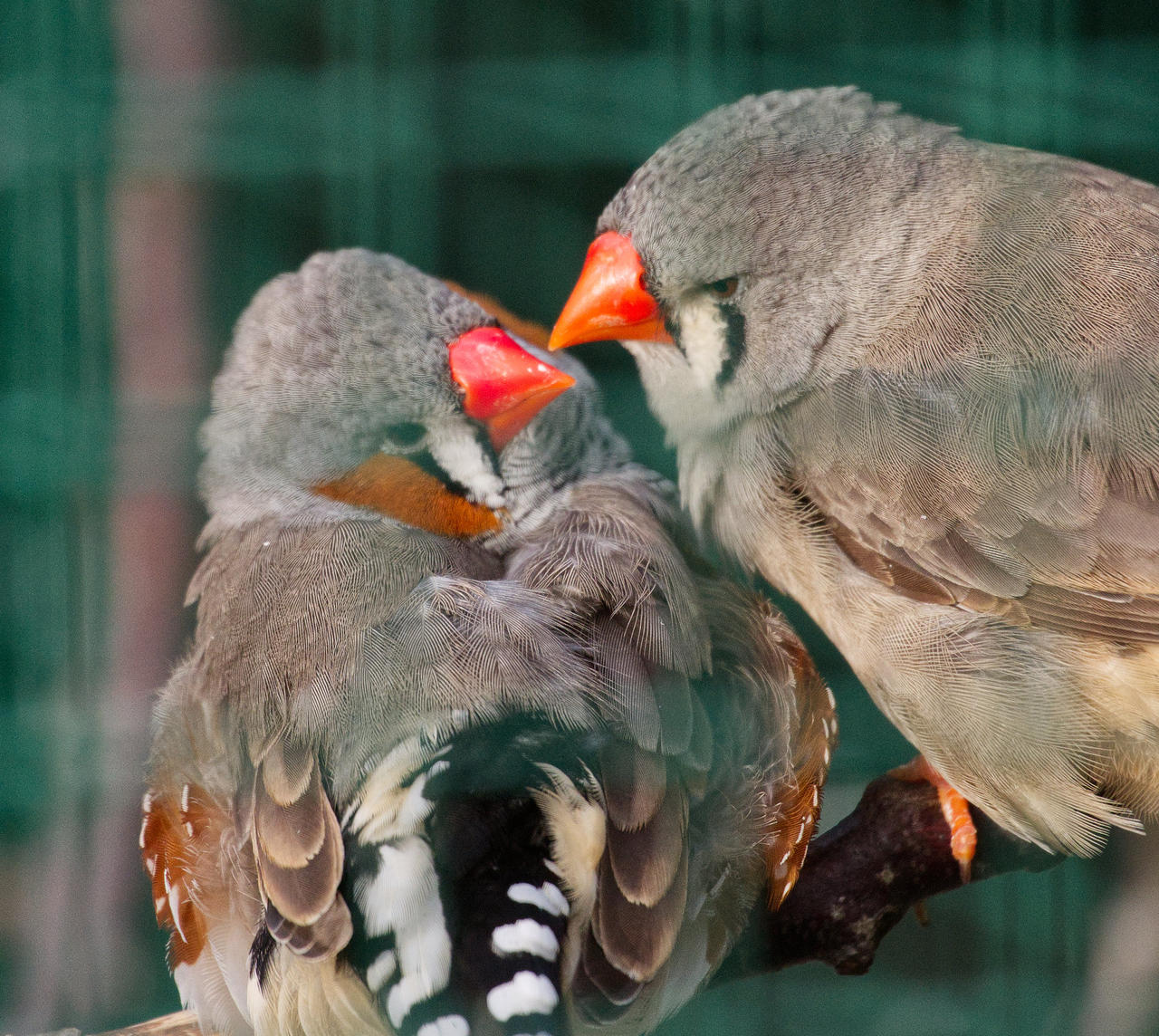
Seeking veterinary care for a bird with a broken wing is essential to ensure accurate diagnosis, appropriate treatment, and optimal healing. Veterinarians possess the expertise and resources necessary to provide the best care for the injured bird.
Importance of Veterinary Care
Professional veterinary care is crucial for several reasons:
-
Accurate Diagnosis: Veterinarians can assess the extent of the wing injury accurately, identifying fractures or soft tissue damage that may not be evident to an untrained eye.
-
Appropriate Treatment: Based on the diagnosis, vets provide tailored care to minimize pain, reduce complications, and promote optimal healing.
-
Prevention of Further Injury: Attempting to treat a bird with a broken wing without professional guidance can unintentionally harm the bird. A vet’s expertise ensures proper care without exacerbating the injury.
Signs that Veterinary Care is Needed

Certain signs indicate the need for immediate veterinary attention:
-
Visible Deformity, Swelling, or Bleeding: Seek veterinary care promptly if the bird’s wing appears visibly deformed, swollen, or is bleeding.
-
Inability to Fly or Hold Wing Normally: A bird’s inability to fly or hold its wing in a normal position indicates a potential wing fracture, requiring immediate veterinary attention.
-
Excessive Distress and Pain: Consult a vet if the bird exhibits signs of distress or pain, such as excessive vocalization or discomfort.
-
Weakness, Lethargy, or Other Injuries: Additional symptoms like weakness, lethargy, or other injuries alongside the broken wing warrant veterinary evaluation.
Veterinary Interventions
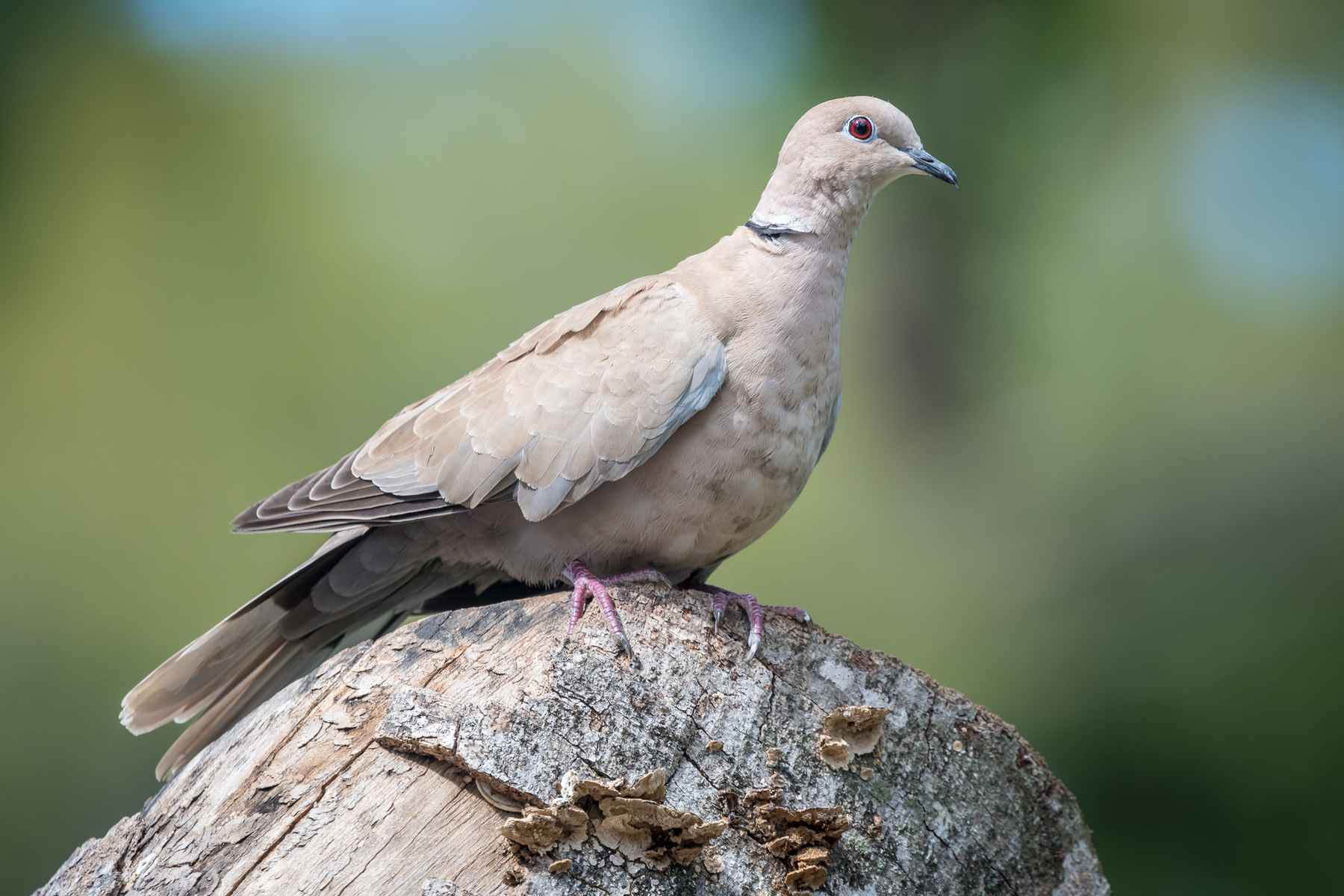
Veterinarians employ various interventions to provide optimal care for birds with broken wings:
-
Diagnostic Procedures: Vets conduct physical examinations, X-rays, or other imaging tests to evaluate the extent of the wing injury and identify any underlying issues.
-
Pain Management: Veterinarians administer appropriate pain medications to alleviate the bird’s discomfort during the healing process.
-
Splinting or Casting: Depending on the fracture, veterinarians may employ splinting or casting techniques to immobilize the wing, promoting proper alignment and stability.
-
Surgical Interventions: In severe cases, veterinarians may perform surgical procedures to repair fractures, stabilize the wing, or address associated injuries.
-
Post-Treatment Care: Vets guide the bird’s recovery process, recommending exercises, dietary adjustments, or supportive care measures to optimize healing and overall well-being.
By seeking veterinary care for a bird with a broken wing, you provide the best chance for a successful recovery and long-term well-being for your avian companion.
Home Care – How to Care for a Bird with a Broken Wing

After providing immediate care for a bird with a broken wing, it’s crucial to continue providing appropriate care at home to aid in its healing process. Here are some essential guidelines:
-
Isolate the bird: Create a quiet and safe space for the bird to rest and recover. Use a well-ventilated enclosure like a pet carrier or a cardboard box with air holes. Make sure it’s large enough for the bird to move comfortably but not too spacious to risk further injury.
-
Limit movement: To prevent further injury, place a towel or soft padding at the bottom of the enclosure to provide a comfortable resting surface. Avoid using materials with loose threads or fibers that could entangle the bird.
-
Minimize stress: Reduce stress levels by keeping the bird’s environment calm and quiet. Avoid loud noises, excessive handling, and exposure to other pets or children. A dimly lit area can create a soothing atmosphere.
-
Provide warmth: Maintain a warm environment by using a low-setting heating pad or a heat lamp positioned at a safe distance. Ensure that the bird can move away from the heat source if it becomes too warm.
-
Offer food and water: Place shallow dishes of fresh food and water in the enclosure. Make sure they are easily accessible for the bird. Adjust the height of the dishes for convenient access if needed.
-
Monitor progress: Regularly observe the bird’s behavior and progress. Look for signs of improvement, such as increased mobility or reduced pain. Consult a veterinarian promptly if symptoms worsen or complications arise.
By following these guidelines, you can provide the necessary care for a bird with a broken wing during its healing process. Remember, patience and a calm environment are key to aiding the bird’s recovery.
Prevention – Steps to Prevent a Broken Wing
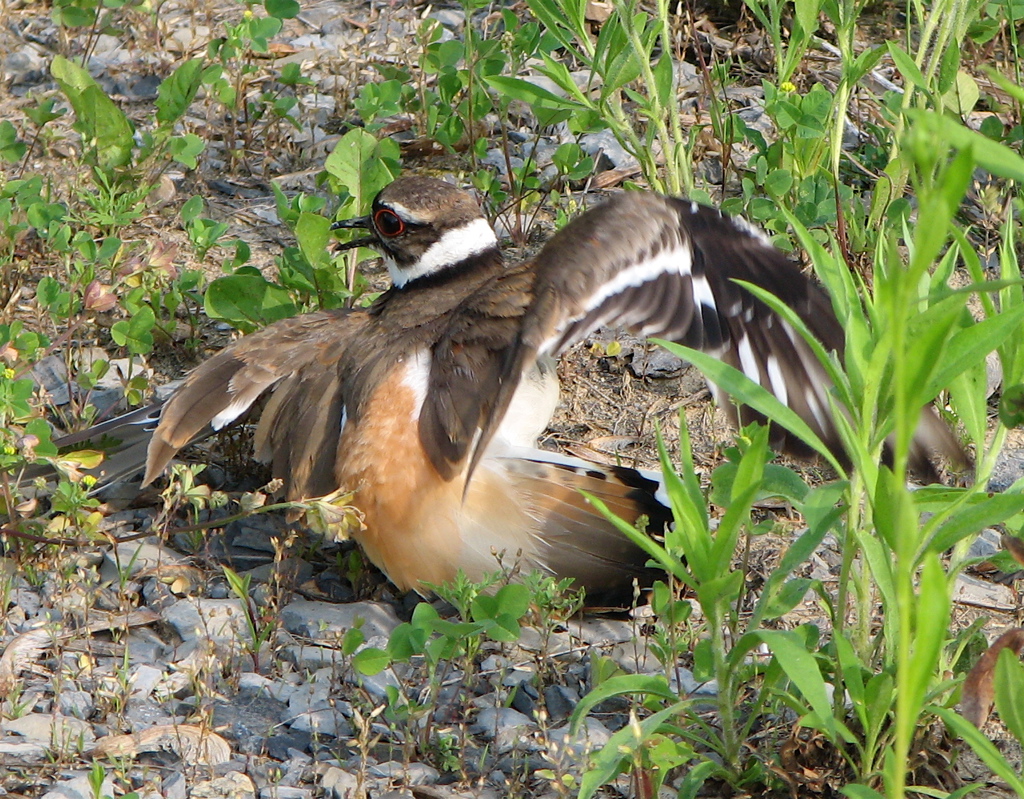
Taking proactive measures to prevent a broken wing in birds is crucial for their well-being. Here are some steps you can take:
-
Minimize potential hazards: Ensure the bird’s living space is free from sharp objects, open windows, or exposed wires that could pose a risk. Creating a hazard-free environment is essential for their safety.
-
Offer a suitable enclosure: Provide an appropriately sized enclosure that allows the bird to move and stretch its wings without collisions. A spacious environment reduces the likelihood of wing injuries caused by restricted movement.
-
Use appropriate perches: Provide perches with different diameters and textures to promote foot health and prevent muscle atrophy. Avoid using thin or slippery perches that may cause the bird to lose balance and injure its wings.
-
Monitor interactions with other pets: Closely supervise interactions with other animals, as some may perceive birds as prey. Keep the bird in a secure location when other animals are present and separate them during unsupervised periods to prevent accidents.
-
Avoid excessive handling: Be gentle when handling the bird, supporting its body and wings properly to reduce the risk of fractures. Educate family members and visitors on proper handling techniques to ensure the bird’s safety.
-
Regular veterinary check-ups: Schedule regular check-ups with an avian veterinarian to monitor your bird’s health and detect any underlying issues early on. Regular examinations can help identify potential problems that may contribute to wing injuries.
By implementing these preventive strategies, you can significantly reduce the risk of a broken wing for your pet bird. Remember, a safe and conducive environment plays a fundamental role in ensuring their overall well-being. Taking proactive steps to prevent injuries will help your bird lead a healthy and fulfilling life.
Conclusion: Steps to Take if a Bird Has a Broken Wing

Encountering a bird with a broken wing requires immediate action and careful handling to ensure its safety and well-being. Here are the essential steps to take:
- Approach with Caution: Move slowly and avoid startling the bird.
- Assess the Situation: Determine if it’s safe to intervene or if professional help is needed.
- Protect Yourself: Wear protective gloves or use a towel to minimize the risk of injury.
- Capture the Bird: Gently capture the bird without putting pressure on the broken wing.
- Provide a Safe Container: Place the bird in a well-ventilated, dark, and quiet container like a cardboard box with air holes.
- Maintain Warmth: Line the container with a soft cloth or towel to keep the bird warm.
- Seek Professional Guidance: Contact a wildlife rehabilitator or avian veterinarian for expert advice.
- Local Resources: Familiarize yourself with local wildlife rehabilitators or bird rescue organizations for prompt access to help.
- Avoid Self-Treatment: Do not attempt to set the bird’s wing or administer medications without professional guidance.
By following these steps and seeking professional assistance, you can contribute to the well-being and potential recovery of a bird with a broken wing. Your compassionate actions make a meaningful difference in the lives of these feathered creatures. Remember, every small effort counts when caring for our avian friends.
Frequently Asked Questions
FAQ: What to Do for a Bird with a Broken Wing
Q1: How can I tell if a bird has a broken wing?

A1: Look for signs such as abnormal wing posture, difficulty flying, visible abnormalities in the wing’s shape, and behavioral changes like distress or disorientation.
Q2: Should I try to set the bird’s wing myself?

A2: No, it is not recommended to attempt setting the wing yourself. Seek professional veterinary care to ensure proper diagnosis and treatment.
Q3: What immediate care can I provide for a bird with a broken wing?
![]()
A3: Assess the situation, ensure safety, approach the bird with caution, gently contain it in a secure container, and provide warmth and tranquility while seeking professional help.
Q4: Do I need to take a bird with a broken wing to a veterinarian?
A4: Yes, it is crucial to seek veterinary care for accurate diagnosis, appropriate treatment, and optimal healing of the bird’s broken wing.
Q5: How can I prevent a bird from getting a broken wing?
A5: Minimize hazards in their living space, offer a suitable enclosure, use appropriate perches, supervise interactions with other pets, avoid excessive handling, and schedule regular veterinary check-ups to detect potential issues early on.

Leave a Reply